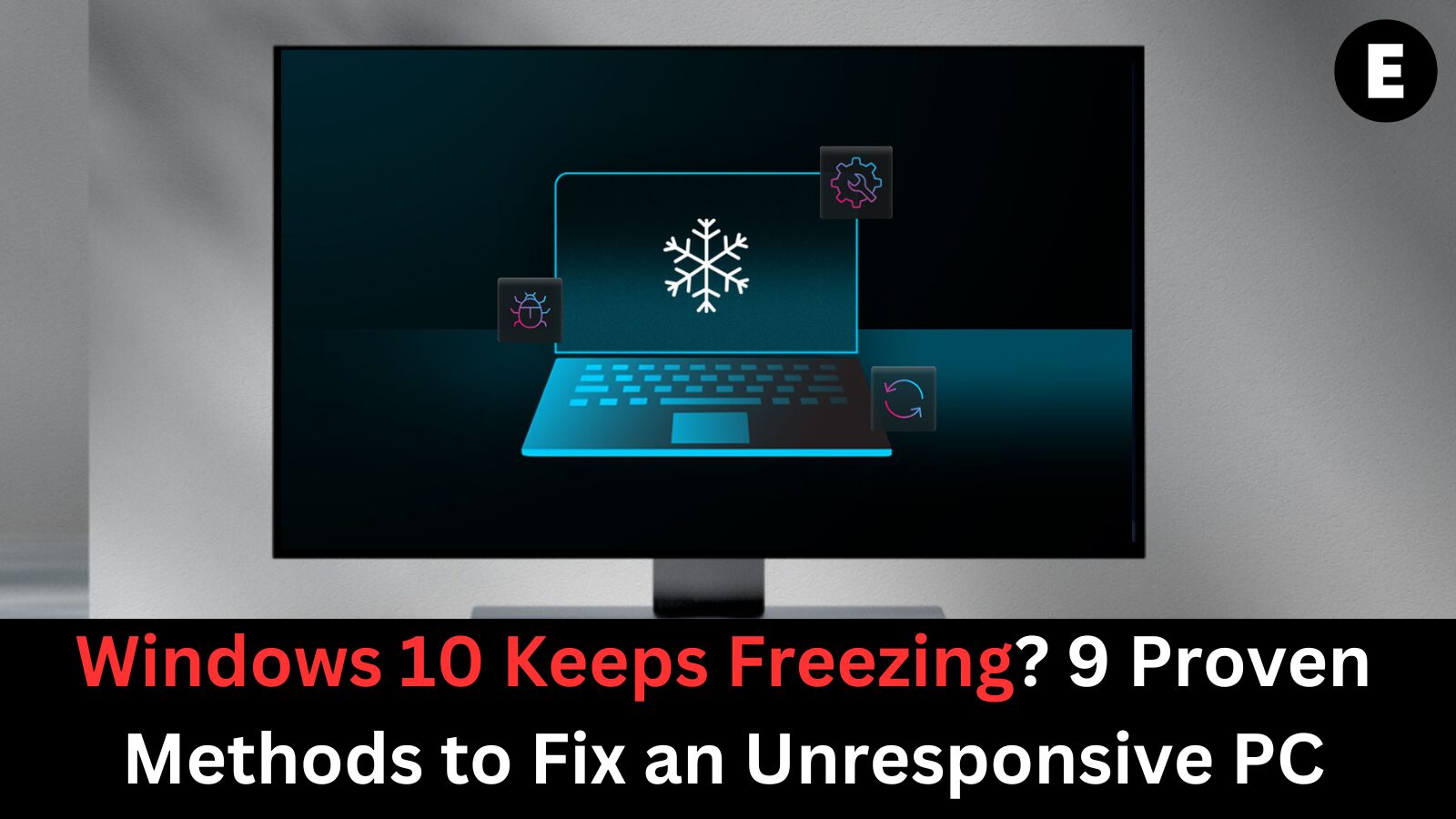Windows 10, despite being one of the most widely used operating systems, can sometimes become unresponsive or freeze. This can happen due to a variety of reasons including software conflicts, outdated drivers, system file corruption, or insufficient system resources. This article will help you identify the causes and walk you through 9 detailed methods to fix the issue and get your computer running smoothly again.
Common Causes for Windows 10 Becoming Unresponsive
Before diving into the fixes, it’s useful to understand what might be causing the issue:
- Too many startup programs
- Low disk space or memory (RAM)
- Outdated or corrupt drivers
- Corrupted system files
- Third-party software conflicts
- Malware or viruses
- Outdated Windows version
How to Fix Windows 10 Becoming Unresponsive
Method 1: Check for Malware Using Windows Defender
Malware and viruses can cause system lag and unresponsiveness. Here’s how to run a full system scan:
- Click on the Start Menu and open Settings.
- Go to Update & Security > Windows Security.

3. Click Virus & threat protection.
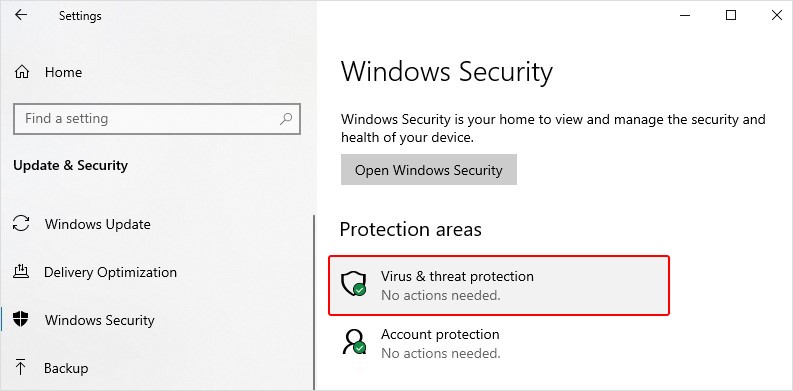
4. Click Scan options, then choose Full scan.
5. Click Scan now and wait for the scan to complete.
If any threats are found, follow the on-screen instructions to remove them.
Method 2: Run System File Checker (SFC) Scan
SFC helps identify and repair corrupted system files that may be causing freezes.
- Press
Windows + R, typecmd, and pressCtrl + Shift + Enter. - Click Yes when prompted.
- In the Command Prompt, type:
sfc /scannow - Press Enter.

Wait for the scan to complete. If any issues are found, they will be fixed automatically.
Method 3: Disable Unnecessary Startup Programs
Too many startup apps can slow down your PC.
- Press
Ctrl + Shift + Escto open Task Manager. - Click on the Startup tab.
- Right-click on any unnecessary programs and select Disable.
Method 4: Free Up Disk Space
Low disk space can hinder performance.
- Open Settings > System > Storage.
- Enable Storage Sense to automatically clean up space.
- Use Disk Cleanup:
- Press
Windows + R, typecleanmgr, and hit Enter. - Select the drive you want to clean (usually C:).
- Check unnecessary files and click OK.
- Press
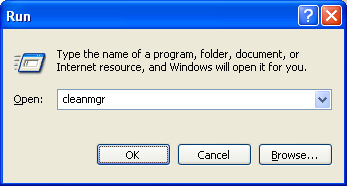
Method 5: Update Windows and Drivers
Outdated systems can result in performance issues.
- Open Settings > Update & Security.

2. Click Check for updates.
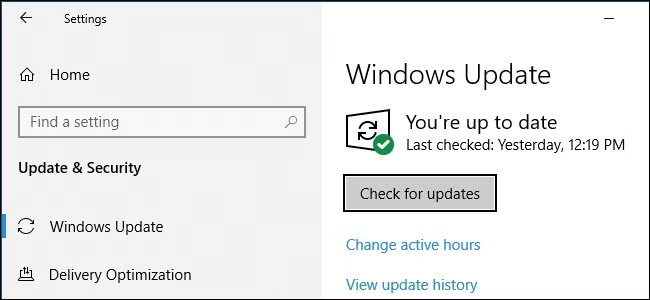
3. Install any available updates.
4. To update drivers:
Right-click the Start Menu and select Device Manager.
Right-click a device (e.g., display adapter) and select Update driver.
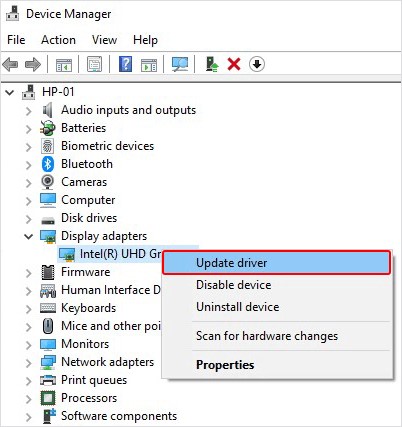
Method 6: Use the Performance Troubleshooter
- Open Settings > Update & Security > Troubleshoot.
- Click Additional troubleshooters.
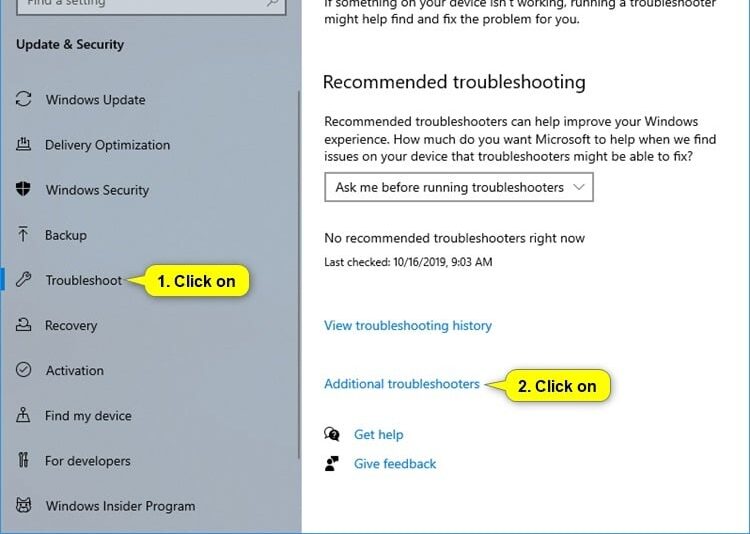
3. Run the Program Compatibility Troubleshooter and System Maintenance Troubleshooter.
Method 7: Adjust Virtual Memory
If your system lacks enough RAM, adjusting virtual memory can help.
- Press
Windows + S, type Performance, and select Adjust the appearance and performance of Windows. - Go to the Advanced tab, then click Change under Virtual Memory.
- Uncheck Automatically manage, select the system drive (usually C:), and set the size manually:
- Initial size: same as your RAM (in MB)
- Maximum size: 1.5x your RAM
- Click Set, then OK, and restart your PC.
Method 8: Perform a Clean Boot
This helps identify if third-party software is causing the issue.
- Press
Windows + R, typemsconfig, and hit Enter.
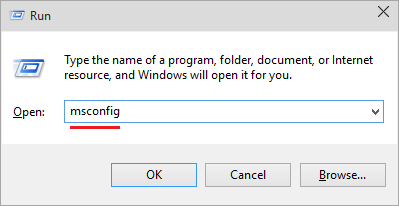
2. Under the General tab, select Selective startup.
3. Uncheck Load startup items.
4. Go to the Services tab, check Hide all Microsoft services, then click Disable all.
5. Click OK and restart your PC.
Method 9: Reset Windows (Last Resort)
If all else fails, resetting Windows may be necessary.
- Open Settings > Update & Security > Recovery.
- Under Reset this PC, click Get started.

3. Choose Keep my files or Remove everything depending on your needs.
4. Follow the on-screen instructions.
Final Thoughts
A frozen or unresponsive Windows 10 system can be frustrating, but there are effective solutions. Whether it’s a simple reboot, running a scan, or resetting the system entirely, one of the methods above should help restore your PC’s responsiveness. For best performance, keep your system updated, run regular malware scans, and avoid cluttering your startup list.
Need more help? Explore our other guides for troubleshooting common Windows issues.
One more thing
If you’re in search of a software company that embodies integrity and upholds honest business practices, your quest ends here at Ecomkeys.com. As a Microsoft Certified Partner, we prioritize the trust and satisfaction of our customers. Our commitment to delivering reliable software products is unwavering, and our dedication to your experience extends far beyond the point of sale. At Ecomkeys.com, we provide a comprehensive 360-degree support system that accompanies you throughout your software journey. Your trust is our foundation, and we’re here to ensure that every interaction with us is a positive and trustworthy one.

